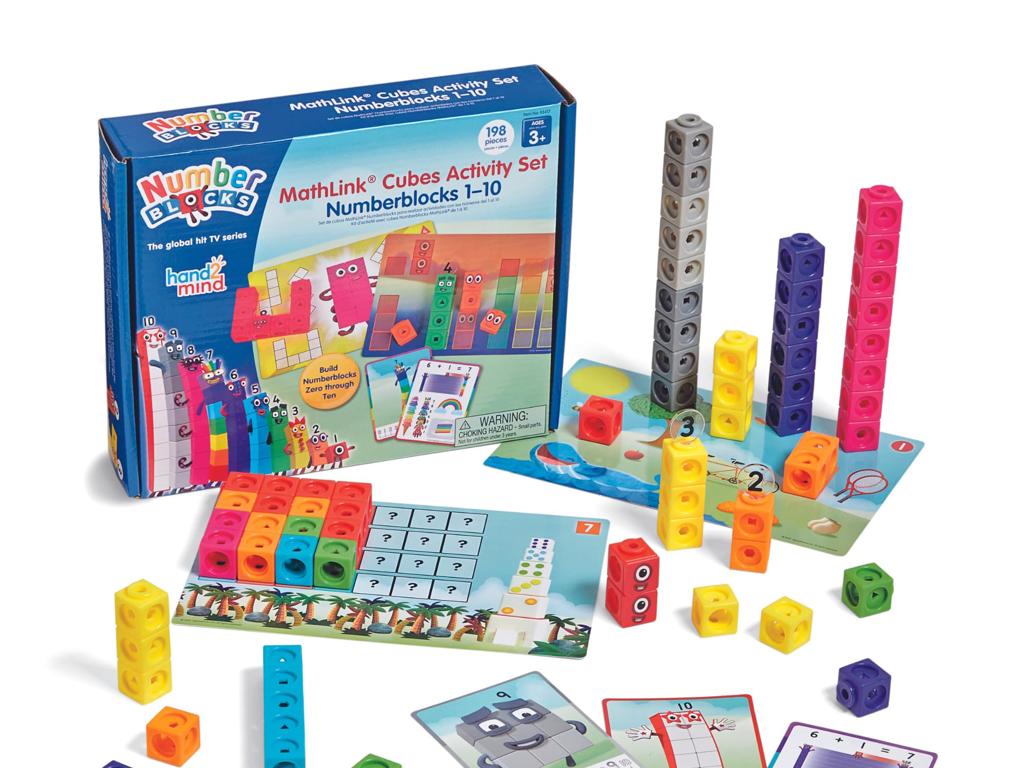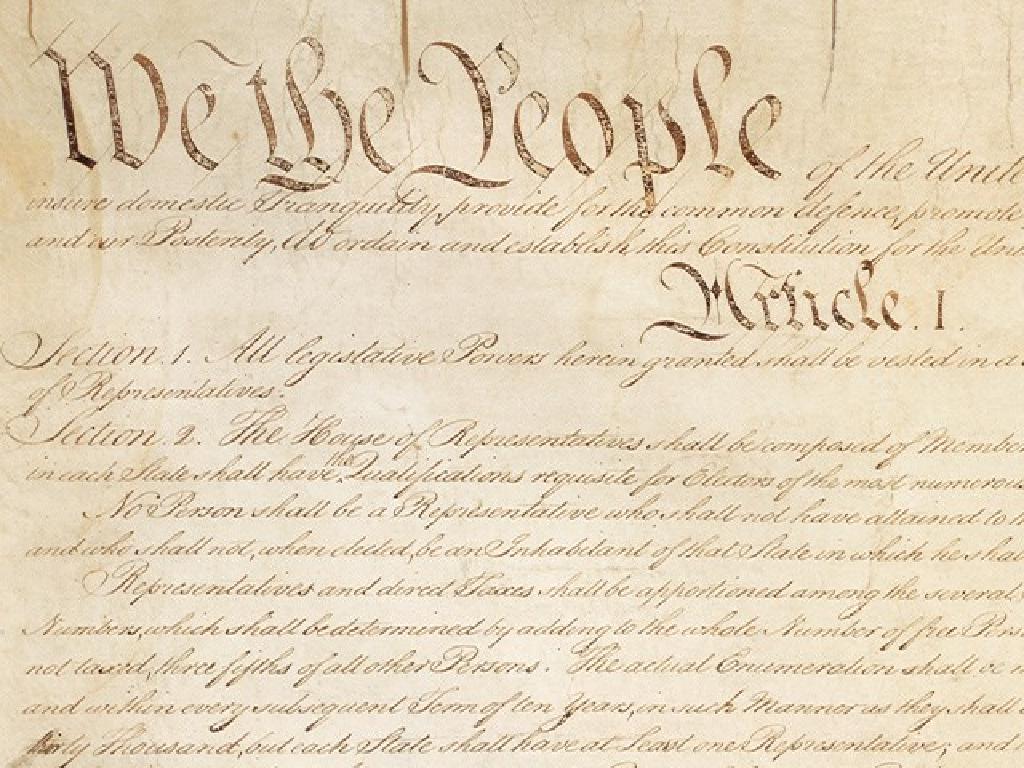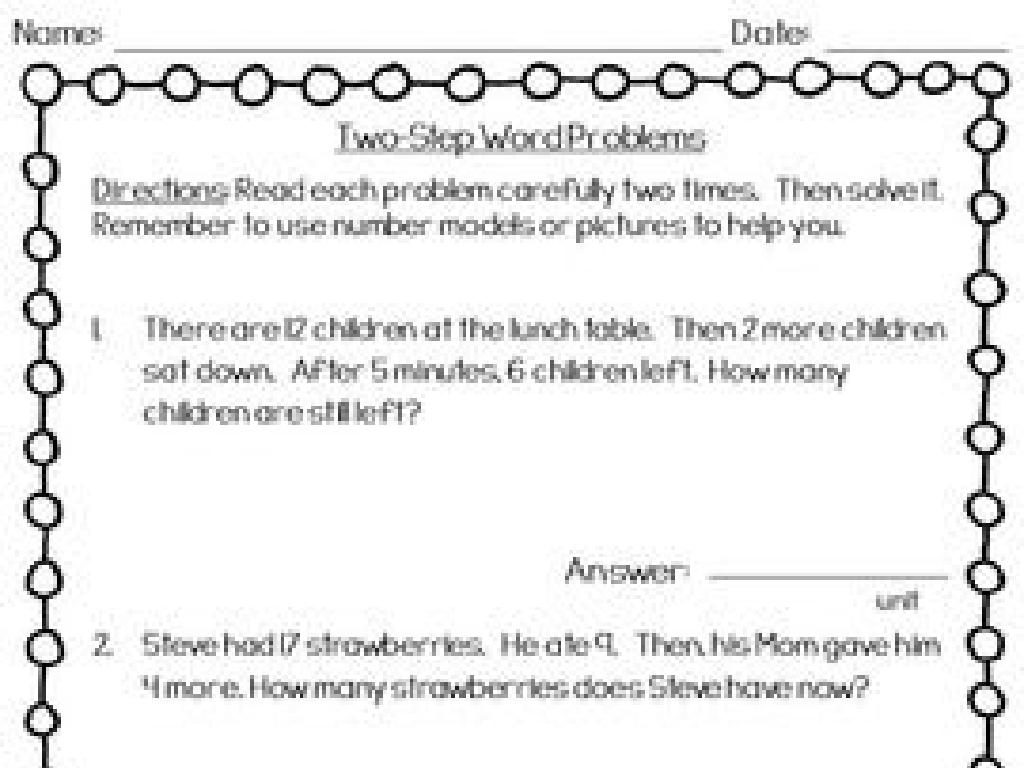Identify The Adjective That Describes The Noun
Subject: Language arts
Grade: Third grade
Topic: Adjectives And Adverbs
Please LOG IN to download the presentation. Access is available to registered users only.
View More Content
Welcome to Adjectives!
– What are adjectives?
– Adjectives describe nouns
– They tell us which one, what kind, or how many
– They add details to nouns
– ‘The sunny beach’, ‘a loud whistle’, ‘seven cookies’
– Examples in sentences
– ‘The big, scary spider’ vs ‘The spider’
|
This slide introduces the concept of adjectives to third-grade students. Begin by explaining that adjectives are words that describe or give more information about nouns, which are people, places, or things. Emphasize that adjectives can tell us more about the size, color, shape, or quantity of a noun, making our sentences more interesting and informative. Use examples to show how adjectives can change the meaning of a sentence and enhance the image in the reader’s mind. Encourage students to think of their own examples and to be prepared to identify adjectives in sentences during class activities.
Spot the Adjective
– Adjectives describe nouns
– They tell us what kind, how many, or which one
– Examples: ‘blue’ sky, ‘seven’ cookies, ‘that’ dog
– ‘Blue’ describes the color of the sky, ‘seven’ tells the quantity of cookies, ‘that’ specifies which dog
– Practice finding adjectives in sentences
– We’ll look at sentences and identify the adjectives together in class
|
This slide introduces the concept of adjectives to the students. Begin by explaining that adjectives are words that give us more information about nouns. They can describe what kind (color, shape, size), how many (number, amount), or which one (specificity). Use visual examples like a blue sky or seven cookies to illustrate the point. During the class, engage the students in an interactive activity where they find and highlight adjectives in sample sentences. Encourage them to explain why they think a word is an adjective and what information it adds to the noun. This will help them understand the role of adjectives in sentence construction.
Adjectives in Action
– Adjectives make sentences colorful
– Words like ‘blue’, ‘sour’, ‘loud’ add detail
– They help us see and feel the story
– Imagine the story better with adjectives
– Example: ‘fluffy’ cat on ‘cozy’ mat
– ‘Fluffy’ tells us about the cat’s fur, ‘cozy’ about the mat’s comfort
|
This slide introduces adjectives to the students by showing how they add detail and depth to our sentences, making them more interesting and vivid. Adjectives are descriptive words that modify nouns, giving us a clearer picture of the things they describe. Use the example to illustrate how adjectives like ‘fluffy’ and ‘cozy’ help us to visualize the cat and the mat, and how they contribute to the atmosphere of the story. Encourage students to think of other adjectives they could use to describe the cat and the mat, and to come up with their own sentences using different adjectives.
Adjective-Noun Matching Game
– Match nouns with correct adjectives
– Choose adjectives that describe nouns
– Interactive board matching activity
– Students will come up to the board to match words.
– Enhance descriptive vocabulary
– This activity builds understanding of adjectives.
|
This slide introduces an interactive classroom activity where students will engage with the concept of adjectives by matching them to the appropriate nouns. The objective is to reinforce the role of adjectives in providing more detail and description to nouns. Prepare a set of noun cards and a set of adjective cards. Students will be invited to the board to choose an adjective card that they think best describes one of the noun cards. Possible pairs could be ‘fluffy bunny’, ‘red apple’, ‘tall building’, ‘loud music’. After matching, discuss why the chosen adjective fits the noun. This activity will help students to better understand how adjectives give us more information about the noun and make our sentences more interesting.
Create Your Own: Adjective Adventure
– Pick a noun, any noun!
– Think of three descriptive adjectives
– Adjectives like ‘shiny’, ‘soft’, ‘loud’
– Write three sentences using them
– Example: The ‘shiny’ apple, the ‘soft’ pillow, the ‘loud’ drum
– Get ready to share with the class
|
This activity is designed to encourage students to apply their understanding of adjectives in a creative context. By choosing a noun of their interest, they can think of various adjectives that describe it and construct sentences. This exercise helps reinforce the concept of adjectives and how they add detail to a noun, making descriptions more vivid and interesting. Encourage students to think outside the box and come up with unique adjectives. During the sharing session, provide feedback and discuss how different adjectives change the image of the noun in our minds.
Class Activity: Adjective Hunt
– Let’s go on an adjective hunt!
– Find objects in our classroom
– Describe each object with adjectives
– Use words like ‘shiny’, ‘soft’, or ‘noisy’
– Work in pairs for a descriptive list
|
This activity is designed to help students practice identifying adjectives in a fun and interactive way. Have the students walk around the classroom and pick out various objects. Then, in pairs, they should use adjectives to describe the properties of these objects, such as color, size, shape, and texture. Encourage them to think creatively and use a variety of adjectives. Possible objects could be a ‘red, round apple’ or a ‘blue, cold water bottle’. After the hunt, each pair will share their list with the class, which will help reinforce their understanding of adjectives and how they are used to describe nouns.
Adjective Review and Practice
– Reviewing adjective usage
– Adjectives describe nouns, like ‘fluffy cat’ or ‘blue sky’.
– Practice: Fill in the blanks
– Choose the best adjective for each blank in the sentences.
– Adjectives add spice to sentences
– They give details that help us picture and feel the story.
– Share your colorful sentences!
|
This slide is meant to consolidate the students’ understanding of adjectives. Begin by reviewing the function of adjectives, emphasizing that they are words used to describe nouns and make our sentences more vivid and interesting. For the practice activity, provide sentences with blanks for students to fill in with suitable adjectives. Encourage creativity and the use of descriptive words that appeal to the senses. After completing the activity, have students share their sentences with the class to demonstrate the variety of adjectives that can be used and to celebrate their ability to enhance language with descriptive words.
Wrapping Up: Adjectives Adventure
– Congratulations on learning adjectives!
– Homework: Write a short story
– Let your imagination run wild!
– Include at least 10 adjectives
– Descriptive words make stories exciting
– Share your story in our next class
– Can’t wait to hear your creative tales!
|
Well done on today’s lesson about adjectives! For homework, students are tasked with writing a short story that includes at least 10 adjectives to describe nouns. This exercise will help reinforce their understanding of adjectives and encourage them to use descriptive language. Remind them that adjectives add color and interest to their stories. In the next class, we’ll have a sharing session where each student will read their story aloud. This will not only assess their grasp of the concept but also boost their confidence in writing and public speaking. Provide examples of adjectives if needed and encourage them to use a variety of words to make their stories vibrant and engaging.






